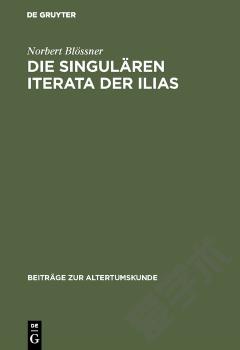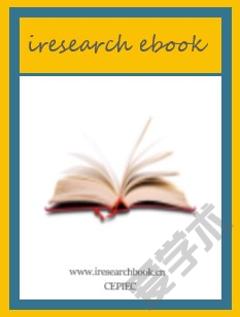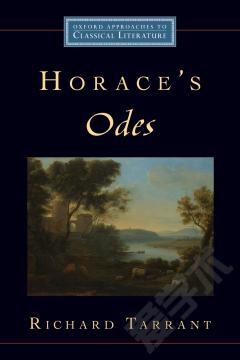La ceca de Ilduro
The minting of coinage in a territory without previous monetary history or tradition reflects a series of political, social and cultural changes that took place in order to make it possible. Such changes can be traced in the archaeological record thanks to elements apparently as different as coins, ceramics, epigraphy, funerary rites or architecture; these changes thus emerge as some of the most significant points in the colonization process that took place throughout the second century B.C. and at the beginning of the next century in the valley of Cabrera de Mar (ancient Ilduro) and the Laietani territory. This book is exclusively devoted to the mint of Ilduro, its main goal being to study not only the issues produced by the workshop in detail, but also the role that this coinage had in the monetarization of a changing society, that of the Laietani, which had never previously needed to use coinage. To do so, the author of this study endeavours to answer the following questions in as much depth as possible: Who minted the coins? Why? What for? How? Where? When? How many? With the aim of answering the aforementioned questions, this volume has been organized into ten chapters divided in three broader sections dedicated to studying, specifically, each one of the aspects involved in the production of this mint. The chapters considering the location of the workshop and the legends used are fundamental to answer the questions of who minted the coins and where. On the other hand, aspects such as metrology, typology and the technique (metallographic analysis) used by the mint are essential to understand how the coins were minted, and also to put forward a hypothesis as regards the use given to the coin issues discussed in the present study. Finally, the chapters dedicated to the production, classification and chronology of the issues should answer such important questions as when and how much money was put into circulation. This is a book that, in addition to increasing our knowledge of Iberian numismatics, brings us closer to the evolution and production of the coin issues minted in present-day northeastern Spain in general and to the Ilduro workshop in particular. Spanish description: La acuñación de moneda en un territorio sin historia ni tradición monetaria previa supone que se ha producido una serie de cambios políticos, sociales y culturales para hacerla posible. Tales cambios pueden detectarse en el registro arqueológico gracias a elementos aparentemente tan distintos como dicha moneda, la cerámica, la epigrafía, los ritos funerarios o la arquitectura, y se perfilan como algunos de los puntos más relevantes para entender el proceso de colonización que tuvo lugar a lo largo del siglo II a. C. e inicios de la centuria siguiente en el valle de Cabrera de Mar, así como en el territorio layetano. Este libro, dedicado exclusivamente a estudiar la ceca de Ilduro, tiene como objetivo estudiar detalladamente no solo las emisiones de un taller monetario, sino también el papel que las mismas jugaron en la monetización de una sociedad cambiante, la layetana, que nunca antes había tenido necesidad de utilizar la moneda. Para ello, el autor de esta monografía responde de la forma más detallada posible las siguientes preguntas: ¿Quién acuñó la moneda? ¿Por qué? ¿Para qué? ¿Cómo? ¿Dónde? ¿Cuándo? ¿Cuánta? Con la intención de responder a todas las preguntas anteriores, el presente libro se ha estructurado en diez capítulos que articulan tres bloques fundamentales dirigidos a tratar, de forma específica, cada uno de los aspectos de la producción del mencionado taller monetario. Los apartados dedicados a la ubicación del taller y a las leyendas utilizadas resultan clave para responder a las cuestiones de quién acuñó la moneda y dónde. A su vez, aspectos como la metrología, tipología y técnica (análisis metalográficos) utilizada por la ceca son fund
{{comment.content}}








 京公网安备 11010802027623号
京公网安备 11010802027623号